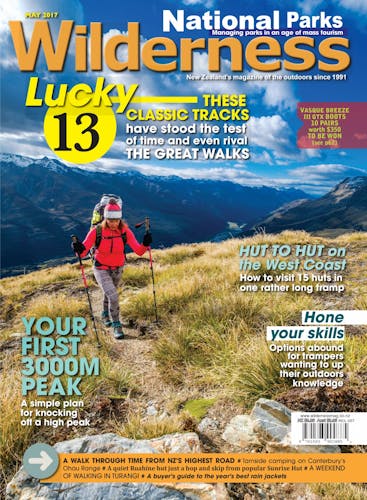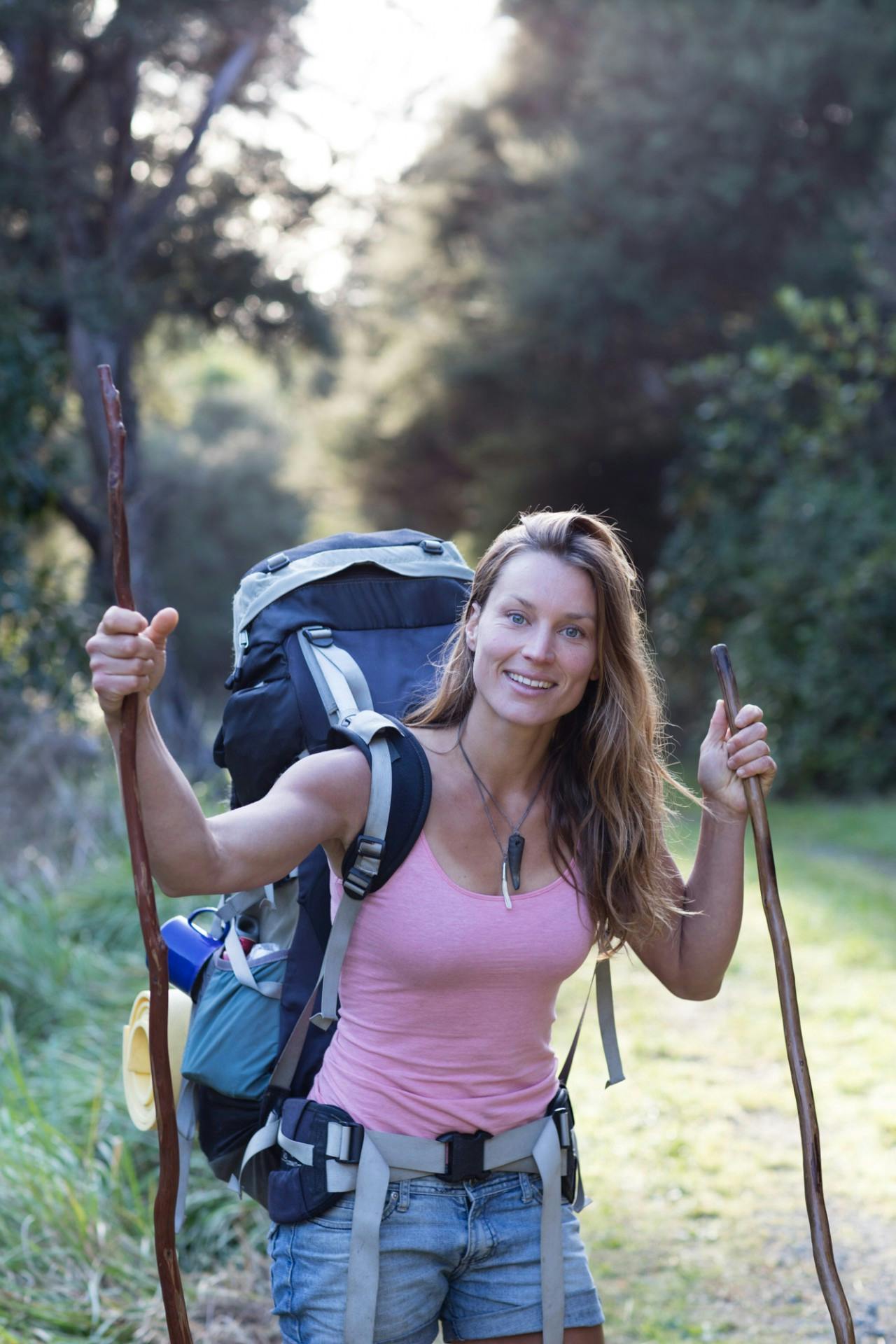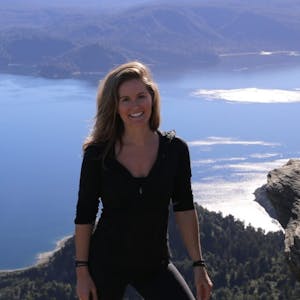What would it be like to throw away your watch, sell your belongings and move into the wilderness, full-time? Miriam Lancewood talks about her off-the-grid lifestyle
Seven years ago, Miriam Lancewood and her partner walked away from their home in Blenheim, opting for a more simple, stripped-down way of life in the wilderness.
Lancewood, a 33-year-old from the Netherlands and her Kiwi partner Peter, 63, sleep in a tent most of the time, hunt wild game, and cook their meals over an open fire.
The couple met while in India, and after traveling together for a few years settled in Blenheim. One day, Peter suggested they try living off the land
“We went tramping every weekend, and Peter said, ‘why don’t we just live here, and organise ourselves well, and do it rationally and practically’.” So Lancewood quit her teaching job and went bush full-time.
Their first winter was spent in south Marlborough. With help from a friend, they packed a few month’s worth of rations in large plastic buckets so they wouldn’t have to resupply. They set up camp in three different locations that winter, alternating between their tent and huts when the weather was bad.
They have no technology, and no clock. They rise with the sun and sleep when it’s dark, using candles to see at night. In winter, that means a lot of shut-eye.
“For four months straight, sleeping 14 hours a night, you come out a different person,” Lancewood says, likening it to hibernation.
Their diet consists of staples such as rice and beans, and Lancewood hunts to supplement it. Their first year, when she was still learning to hunt, they regularly trapped and ate possum.
Their days move slowly; if it’s raining, they’ll conserve energy and stay in their tent or hut. On sunny days, they forage, hunt, gather firewood, and bake bread.
Since their first year in the wild, they’ve lived in huts in Abel Tasman and the West Coast, and spent about a year living nomadically around the South Island. They’d drive their small ute into the backcountry, pick a nice camping spot, and stay – sometimes for months at a time – until they felt like moving.
Their fourth year of living in the wild was spent walking the Te Araroa Trail. Contrary to most thru-hikers who try to finish as quickly as possible, they took their time, because they had no jobs or homes to return to.
“We had plenty of time,” Lancewood says. “If we were tired, we would just rest for a week. To be efficient was absolutely irrelevant to us, because we live outside time, in a way. We have no planning, nothing to attend to; we only vaguely know what date it is, certainly not days of the week.”
After the TA, Lancewood wrote an article for a magazine about living in the wild, which lead to a book deal. She borrowed a friend’s laptop to write, and from sunup to sundown, finished her memoir, Woman in the Wilderness.
She and Peter are now living in a tent in Taranaki. Lancewood hitchhikes into New Plymouth occasionally to busk for money and to resupply. Even though she’s used to her lifestyle, whenever she goes back to the bush, she says it takes her awhile to readjust.
“It takes almost exactly two weeks to relax, for the mind to calm down and get in the rhythm,” she says.
The couple have no long-term plans. They maintain an “open door” philosophy, following their noses and taking advantage of opportunities when they arise. “Maybe in the long run, we might find other wildernesses, maybe Australia. We’ll just see what comes,” she says.
“When you plan, you have an image for your future, but of course the future will never be exactly like it. I just accept whatever comes, and this philosophy has really helped me. We call it the ‘randomness’. Just go with the randomness. People miss so much, by not seeing all the open doors at left, right and centre.”







